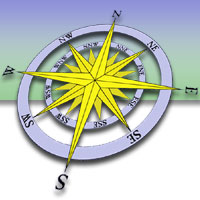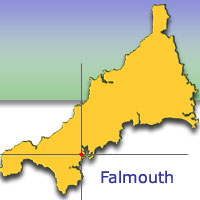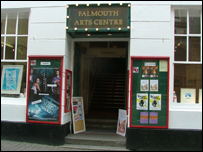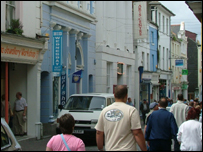
 Coastal
Cornwall
Coastal
Cornwall
Falmouth Coast Walk

 |
||
 |
||
 |
||
 |
||
 |
||
 |
||
 |
||
 |
||
 |
||
 |
||
 |
||
Royal Cornwall Polytechnic /
The Falmouth Arts Centre
|
Stage 4- Royal Cornwall Polytechnic Lord Byron said of Falmouth "the Claret is good and Quakers plentiful", and it was a young Quaker woman, Caroline Fox, who played a prominent role in the industrial and artistic development of Cornwall. The society, founded in 1833, was the first polytechnic society in Britain. Its stated purpose was 'to encourage the useful arts and to elicit the ingenuity and inventive powers of the young'. The Fox family, prominent Quakers, had realised that many local people employed at their foundry had suggestions about improving the working of the foundry. In the early 19th Century the family were in shipping and had a foundry in Perranarworthal. Two daughters and the son of the family got interested in the working conditions. Many of the workers were illiterate but had all sorts of ideas. The siblings decided to found a society to promote the arts and sciences. In 1833 they formed the Cornwall Polytechnic Society - the very first use of the word Polytechnic in this country.
The Polytechnic/Arts Centre They decided to acquire their own building for an annual exhibition of the arts and sciences. They pulled down a dwelling in the heart of Falmouth and built an exhibition hall. Their first exhibition was in 1835 - there was no ceiling on the
hall! Every year the annual report included learned papers on arts, sciences, manufacturing, living conditions of miners, fisherman - a lot of them are kept here in the library where records go back to 1833. The desire to implement these ideas was the driving force behind the founding of the society, which played a prominent role in the industrial development of Cornwall, and of photography, throughout the 19th century. King William IV became patron in 1835 and the society added ‘Royal’ to its name. People started to think they would like to put on plays in the 19th Century. The Quakers always turned them down but at end of 19th Century the rules of the society were changed to allow the presentation of dramatic performances. The hall was extended to include a stage. At the start of the 20th Century a licence was applied for to show films and it was granted in 1910. In 1969 a floor was put halfway up the hall to create a gallery space above and we now have a 200 seat cinema/theatre space. Today the building regularly showcases the work of the town's art students, as well as showing films from all over the world. Now head down the street again and turn right opposite St George's
Arcade, down the ramp into the car park. Walk towards the railings
and then left down the car park. Stop when you reach the St Nazaire
memorial. This is the next stage of the walk. Continue your walk: Stage
5: St. Nazaire Raid
|
Coastal Cornwall, Harbour's Reach, King Charles Quay, Falmouth, Cornwall TR11 3HQ
E-mail:info@coastal-cornwall.co.uk Web site design by Slice Internet of Cornwall
